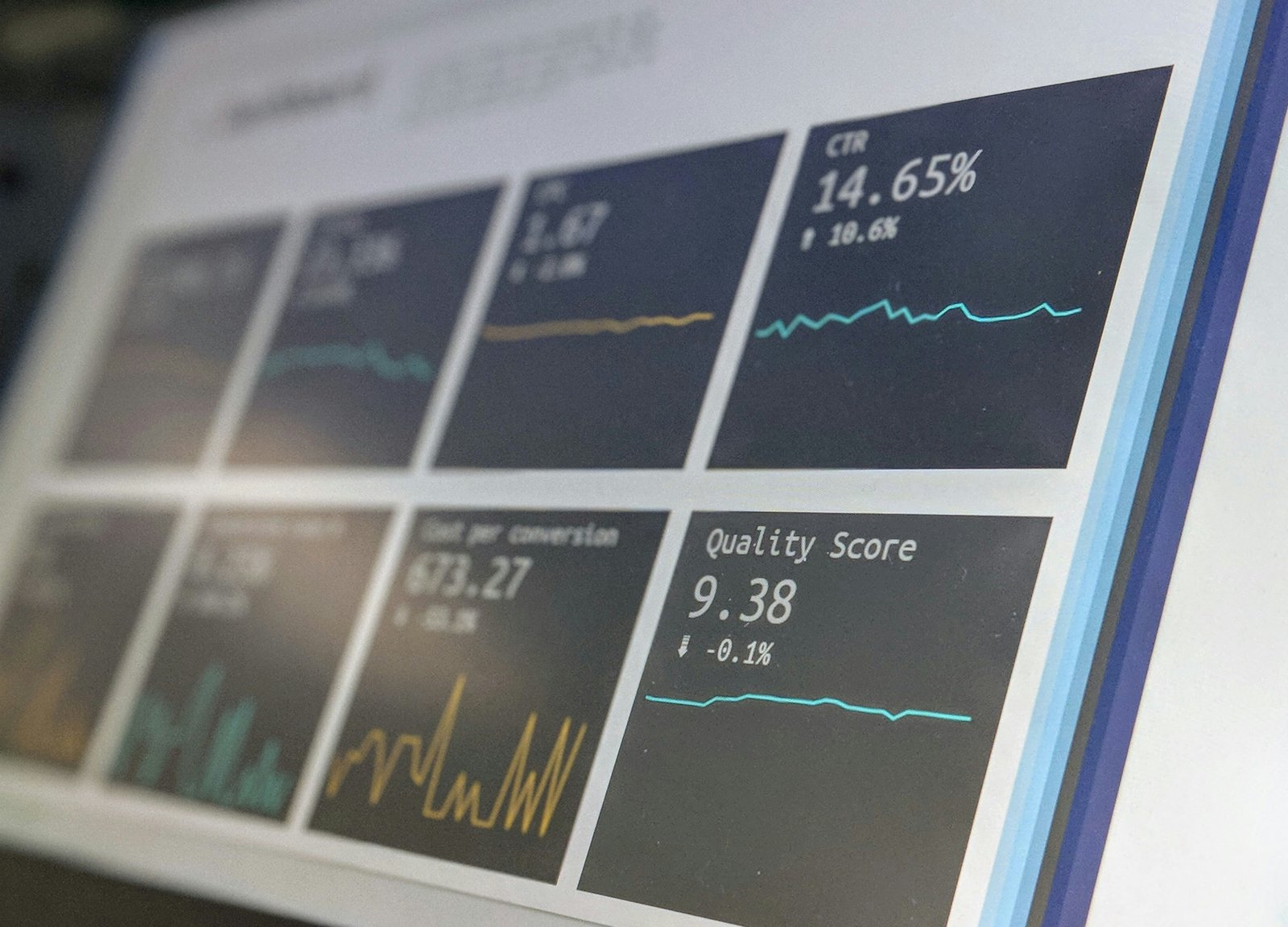News Details Home / News Details

Advanced Technical Analysis: Using Chart Patterns to Predict Market Movements
Technical analysis is a method of evaluating securities by analyzing statistics generated by market activity, such as past prices and volume. Chart patterns are a key component of technical analysis, and they involve recognizing recurring patterns in price movements that can indicate potential future market direction. Here are some commonly used chart patterns and their implications:
1. Head and Shoulders: This pattern typically indicates a reversal of an uptrend. It consists of three peaks, with the middle peak (the head) being higher than the other two (the shoulders). A break below the neckline, which connects the lows between the shoulders, confirms the pattern and suggests a downward trend.
2. Inverse Head and Shoulders: Conversely, this pattern signals a reversal of a downtrend. It consists of three troughs, with the middle trough (the head) lower than the other two (the shoulders). A break above the neckline confirms the pattern and suggests an upward trend.
3. Double Top/Bottom: These patterns occur when the price reaches a high (double top) or low (double bottom) twice before reversing direction. A break below the trough between the two highs (or above the peak between the two lows) confirms the pattern and suggests a trend reversal.
4. Triangles (Ascending, Descending, Symmetrical): Triangles form when the price consolidates, creating a narrowing range between higher lows and lower highs. Ascending triangles have a flat top and rising bottom trendline, indicating a bullish continuation. Descending triangles have a flat bottom and falling top trendline, indicating a bearish continuation. Symmetrical triangles have converging trendlines and can break out in either direction.
5. Flags and Pennants: These patterns form after a strong price movement, representing a brief pause before the trend continues. Flags have parallel trendlines, while pennants have converging trendlines. Both patterns are typically continuation patterns, indicating a resumption of the prior trend.
6. Cup and Handle: This pattern resembles a tea cup with a handle and often signals a bullish continuation. It consists of a rounded bottom (cup) followed by a small consolidation (handle) before the price breaks out to the upside.
7. Wedges (Rising and Falling): Wedges are similar to triangles but with converging trendlines that slant either upward (rising wedge) or downward (falling wedge). Rising wedges typically indicate a bearish reversal, while falling wedges indicate a bullish reversal.
It's essential to remember that chart patterns are not foolproof predictors of market movements and should be used in conjunction with other technical indicators and fundamental analysis for a comprehensive understanding of market dynamics. Additionally, patterns can fail, so risk management and confirmation through other signals are crucial when making trading decisions based on chart patterns.
Leave A Comment
Sing in to post your comment or singup if you don’t have any account.

0 Comments